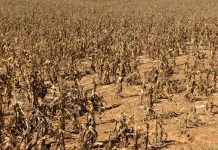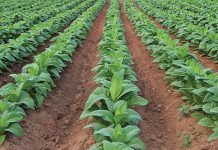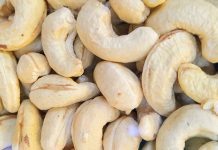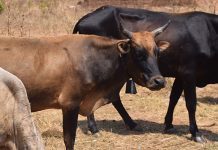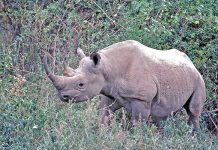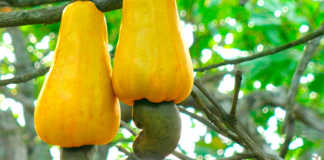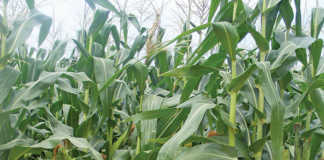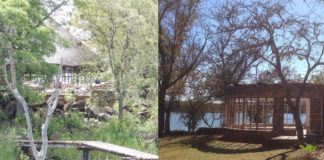
Other factors are the availability of water all year round and a shaded, relatively undisturbed environment, although the serenity is disturbed by increasing cases of deforestation.
Forest fires that are used for clearing of woodlands for crop production and settlement, coupled with harvesting of wood fuel for urban consumption, also contribute significantly to deforestation. Research shows this situation has affected the country’s honey output in recent years.
Honey production in Zambia has nevertheless shown a 1,2% year-on-year growth since 1973. As of 2021, Zambia was the 88th largest honey producer in the world, with 853t tons produced in that year. The country remains determined to exploit the European market with its honey production.
Zambia had the potential to produce 20 000t of honey annually if production capacities coupled with infrastructure were harnessed, said Fisheries and Livestock Minister Makozo Chikote.
“On 20 August this year, the Zambia Residue Control Plan was approved, and the country has successfully secured the necessary certification to continue to be listed as a non-EU country authorised to export honey to the EU,” he said.
“The certification is essential because it ensures the safety of our honey in line with the stringent EU food production requirements and provides market competitiveness for Zambia’s honey and other beehive products like beeswax, and this good for our farmers.”
According to Chikote, Zambia has in recent years been exporting honey to various countries in the Americas, Asia, Central and Southern Africa, and in 2022 alone earned US$14,3 million (about R270 million).
The first written records of Zambian beehives date back to 1854, when David Livingstone described log and bark hives, suspended from branches, used by the Lunda people. Today, traditional beekeeping in Zambia using the bark hive technology prevails amongst the Luvale tribes of the Kabompo and Mwinilunga districts in North-Western Province.
On average a beekeeper in these areas, most of which are men, has 73 bark hives, but not all are occupied at the same time.
In recent years, farmers across the country have become interested in beekeeping and are adopting different technologies suitable for their socio-economic and environmental conditions.


